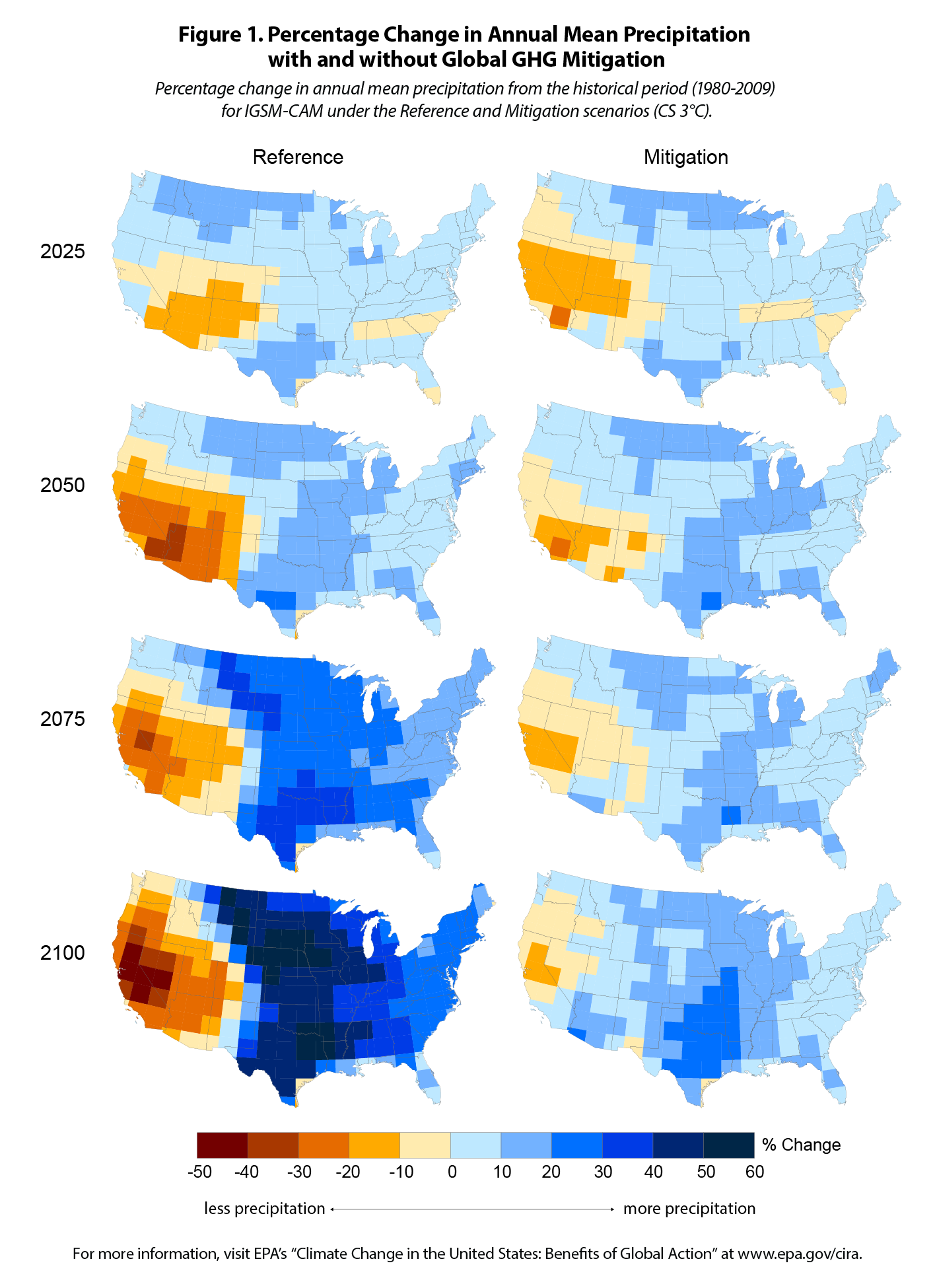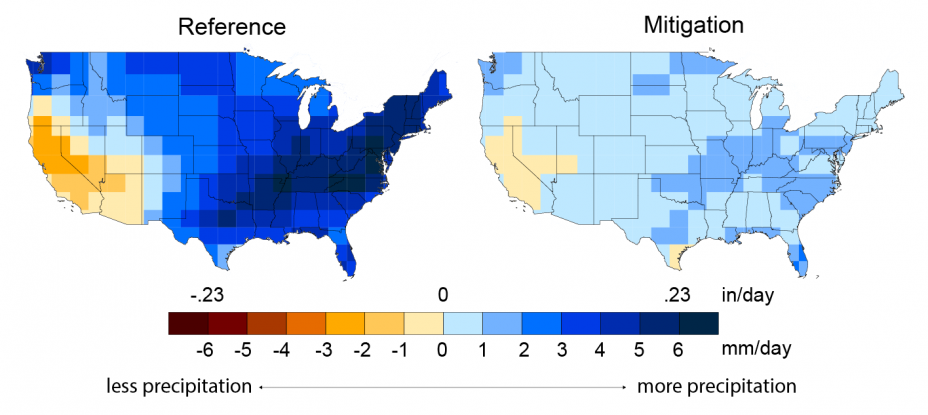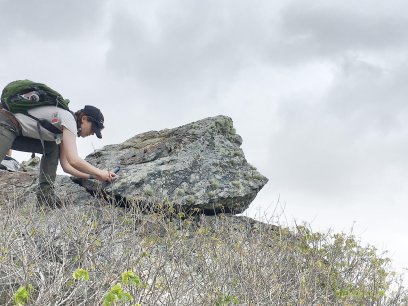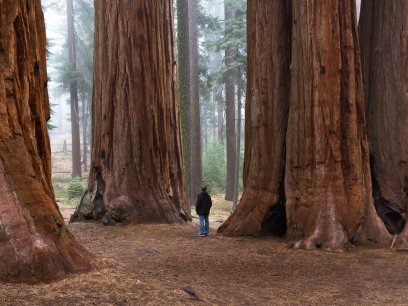
Understanding the earth's water cycle can help us understand how a warming climate will intensify droughts and floods.
A main contributor to the intensity of a drought or flooding event is how much water vapor can be held in the atmosphere. In a warming climate, additional heat increases the rate of evaporation of water from open bodies of water, plants, and soil. This rapid evaporation gathers more moisture in the atmosphere for precipitation, while at the same time drying the land areas below. This accelerated, imbalanced water cycle can lead to more frequent and heavier bouts of extreme precipitation for some regions while leaving others dry.
Along with creating more intense droughts and floods, the ability of the earth's atmosphere to hold more water vapor can also amplify the warming effect of climate change. This is because water vapor, the gaseous form of water, is considered a greenhouse gas. As such, it traps heat that is trying to escape from the earth's surface and increases the warming potential of earth's atmosphere.
The following graphics from the US EPA's report, Climate Change in the United States: Benefits of Global Action show the projected percentage change in annual mean precipitation and projected change in the intensity of extreme precipitation events under scenarios in which greenhouse gas emissions are reduced (mitigation) or not reduced (reference) over time.


Learn more:
For an in-depth look at the science linking more frequent future intense droughts with climate change, check out NASA's "Megadroughts Projected for American West" video.
For an in-depth look at the science linking more frequent future flooding events with climate change, check out NASA's "IPCC Projections of Temperature and Precipitation in the 21st Century" video.
Sources:
- NOAA. 2014. "Heavy downpours more intense, frequent in a warmer world." Accessed July 24, 2018. https://www.climate.gov/news-features/featured-images/heavy-downpours-m….
- US EPA. 2015 “Climate Action Benefits: Global Temperature Change.” Accessed July 24, 2018. http://www2.epa.gov/cira/climate-action-benefits-methods-analysis#tempe….
- US EPA. 2015. "Climate Action Benefits: Methods of Analysis: Precipitation in the U.S." Accessed July 24, 2018. http://www2.epa.gov/cira/climate-action-benefits-methods-analysis#preci….
- US EPA. 2015. "Climate Impacts on Water Resources." Accessed July 24, 2018. https://19january2017snapshot.epa.gov/climate-impacts/climate-impacts-w…


